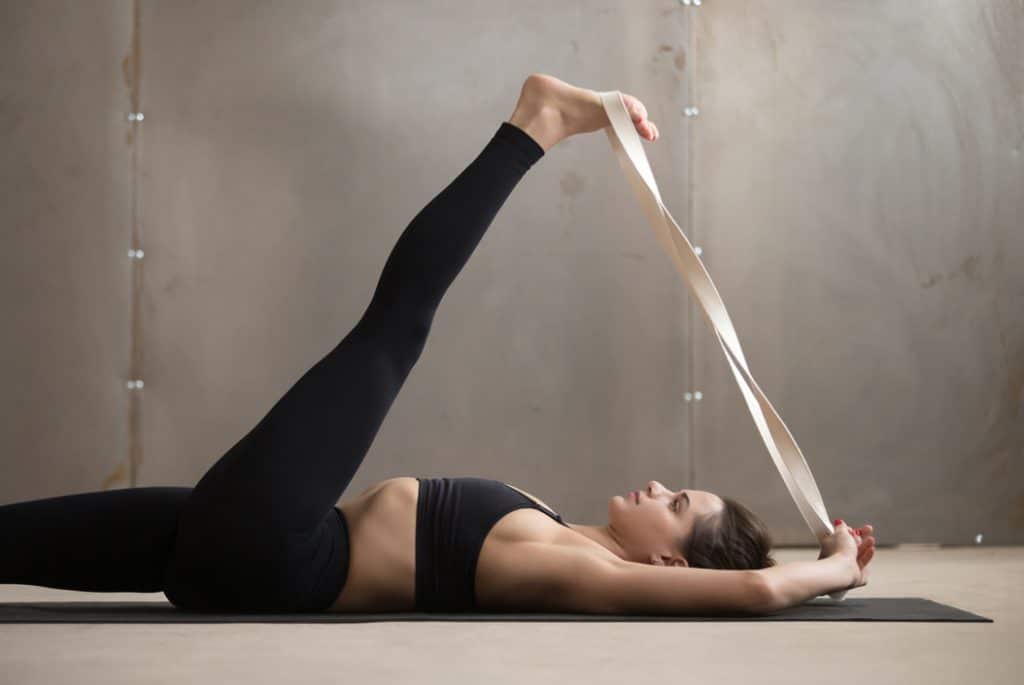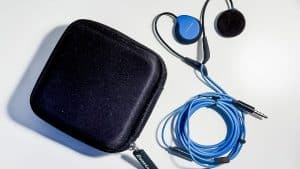Mobility has become a pretty hot health and workout topic, folks, and for good reason! If you’re not mobile in your joints and other muscles, it’s tough to get the full benefit of all the exercises you do. On top of that, a lack of mobility can lead to stiffness, discomfort and even an increased risk of injury.
If you’re new to the mobility game, you’ve probably got questions. Luckily for you, I have some answers!
When do I mobilize what?
There’s actually no perfect time for mobility work in most cases. The most important thing is that you are setting aside time to do the work to begin with!
If you’re training, consider doing some warm-ups on training days that get the heart rate up and muscles warm, and also add in some lighter or unloaded versions of the movements you’ll be doing during the training. If you have any trouble areas related to mobility, focus on those joints or those just adjacent to those stiffer joint areas.
How often should I do mobility work?
The general rule is that you should spend around two minutes working on any given area during your mobility work, doing this once each day. Try to spend around 15 minutes each day doing intentional and targeted mobility work. If you’re training, aim for 15 minutes of mobility work for each hour of training you’ll be doing.
What should I do afterward?
Once you’ve mobilized an area, follow that up with some type of regional stability exercise. It doesn’t matter what type as long as you are using the area you recently mobilized and are making that area shake a bit.
Should I stop if it hurts?
Mobility work is often uncomfortable. However, keep in mind that you can injure yourself if you’re not listening to your body.
If your mobility work is causing you to experience some achy discomfort that improves as you make more passes, you may be able to push through. If, however, it’s causing sharp pain, you should stop immediately. The same applies if you find the pain increases as you work or that your mobility work is causing pain after you finish. Don’t continue to do mobility exercises that cause lingering or worsening pain. In those cases, you may need to try another type of exercise for that area.




